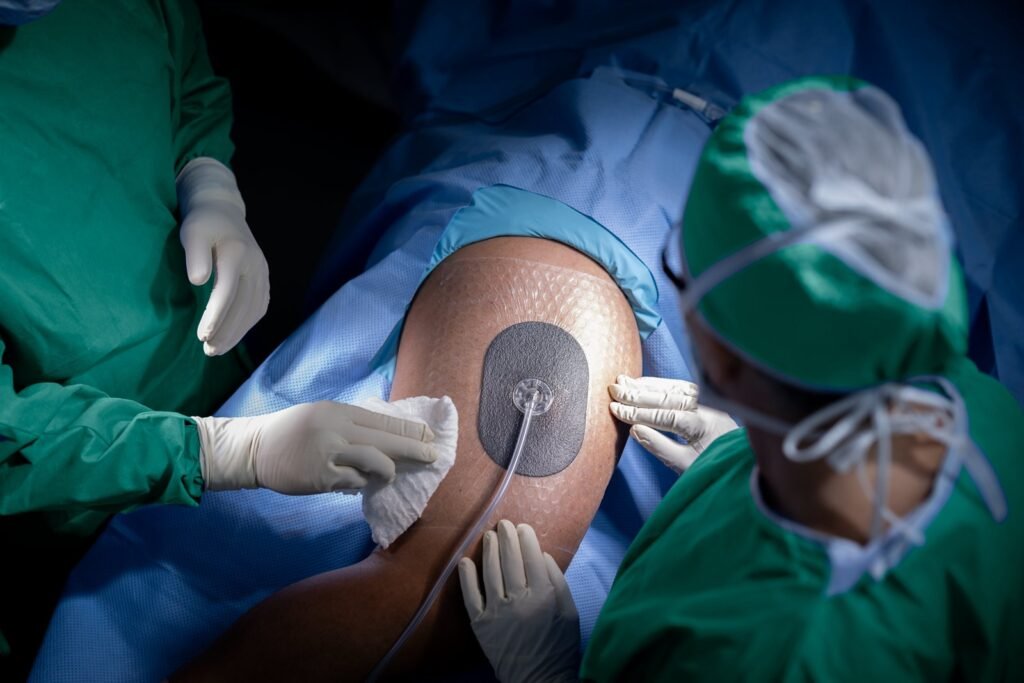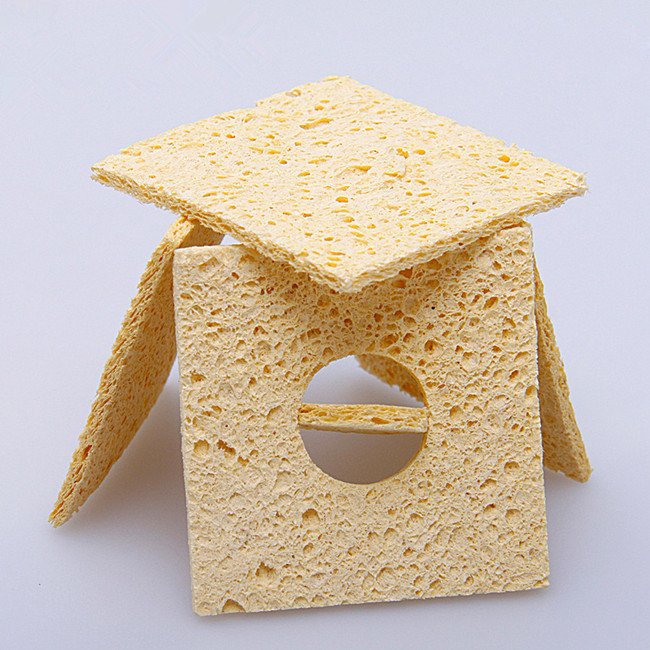Definition:
NPWT sponge ( (Negative Pressure Wound Therapy) ) are integral to a therapeutic system that applies controlled negative pressure to surgical or complex wounds to enhance healing.
Mechanism:
- A sterile, open-cell sponge (often polyurethane or polyvinyl alcohol) is placed in the wound.
- An adhesive film seals the area, and a vacuum pump generates negative pressure (typically -125 mmHg to -75 mmHg).
- This promotes fluid removal, reduces edema, increases blood flow, and stimulates granulation tissue formation.
Surgical Applications:
- Postoperative Wounds: Used for high-risk incisions (e.g., infected, contaminated, or dehisced wounds).
- Trauma/Orthopedic Surgery: Manages open fractures or extensive tissue loss.
- Abdominal Surgery: Aids in managing open abdomens or fistulas.
- Burns/Chronic Wounds: Facilitates closure of large or non-healing wounds.
Sponge Types:
- Black Foam (Polyurethane): Dense, for deeper wounds with high exudate.
- White Foam (Polyvinyl Alcohol): Softer, for superficial or sensitive wounds.
Application Protocol:
- Wound Preparation: Debridement and cleaning.
- Sponge Placement: Custom-cut to fill the wound without overpacking.
- Sealing: Occlusive drape applied.
- Pressure Settings: Adjusted based on wound type (continuous/intermittent).
Benefits:
- Accelerates healing by 30-50%.
- Reduces infection risk and edema.
- Minimizes dressing changes and hospital stays.
Risks/Contraindications:
- Avoid in necrotic tissue, malignancy, or untreated osteomyelitis.
- Potential for tissue damage, pain, or infection if improperly managed.
Patient Considerations:
- Portable pumps allow mobility.
- Pain management during dressing changes (sponge typically replaced every 48–72 hours).
Conclusion:
NPWT sponges are a critical tool in postoperative care for complex wounds, promoting faster recovery and reducing complications. Selection depends on wound characteristics, with strict adherence to sterile techniques and monitoring to mitigate risks.




